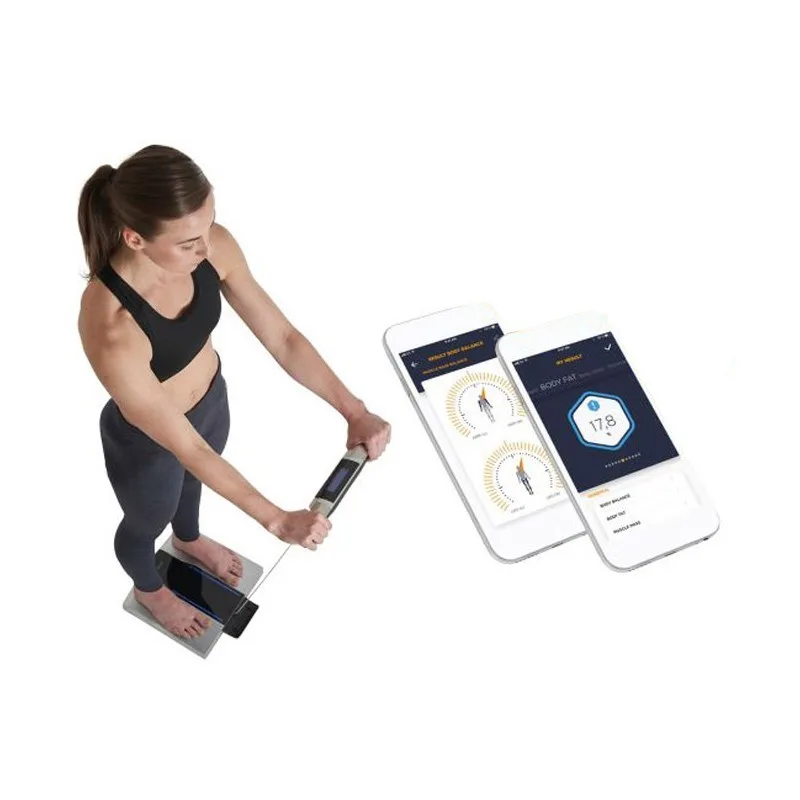Below are the measurements we provide during a body composition session. Each item explains what the test shows and how it can help you track health and performance.
Weight
Your total body mass measured to 0.1 kg accuracy. Useful for tracking overall changes over time when measured under similar conditions.
Body Mass Index (BMI)
A height‑adjusted index (kg/m²) that screens weight status categories. BMI is a general indicator and does not distinguish between muscle and fat.
Body Fat Percentage
Estimated proportion of your body that is fat mass. Helps monitor fat‑loss or gain trends and evaluate health risk when interpreted with age/sex norms.
Muscle Mass
Estimated total skeletal muscle mass. Useful for tracking training adaptations, rehabilitation progress, or age‑related muscle changes.
Physique Rating
A qualitative profile that combines body fat and muscle levels to describe overall body type (e.g., ‘athletic’, ‘solidly built’). Helps set realistic goals.
Bone Mass
Estimated mineral content in bones. Not a diagnostic bone density test, but can indicate general trends alongside nutrition and training.
Visceral Fat Level
An index of fat stored around internal organs in the abdomen. Higher levels are associated with increased health risk; lowering this index is a common goal.
Basal Metabolic Rate (BMR)
Estimated calories your body uses at rest for vital functions. Helps inform daily calorie targets for weight management and training recovery.
Metabolic Age
A comparison of your BMR to average values for your age group. Lower metabolic age versus actual age generally reflects higher resting metabolism.
Total Body Water (%)
Percentage of your body weight that is water. Useful for monitoring hydration status; large day‑to‑day swings may reflect hydration changes.
Note: Results are for wellness/fitness guidance and should be interpreted alongside your age, sex, training level, and health status.
